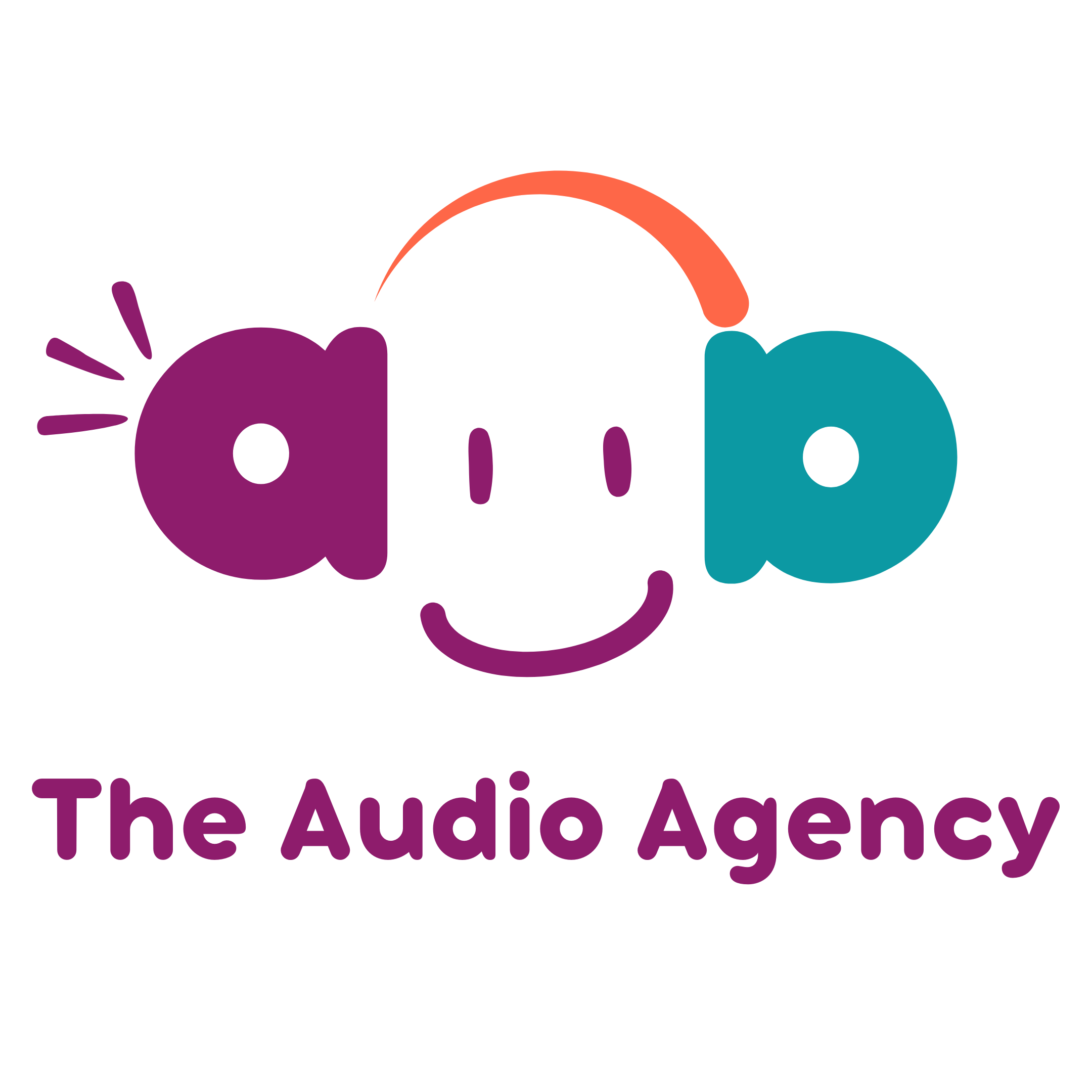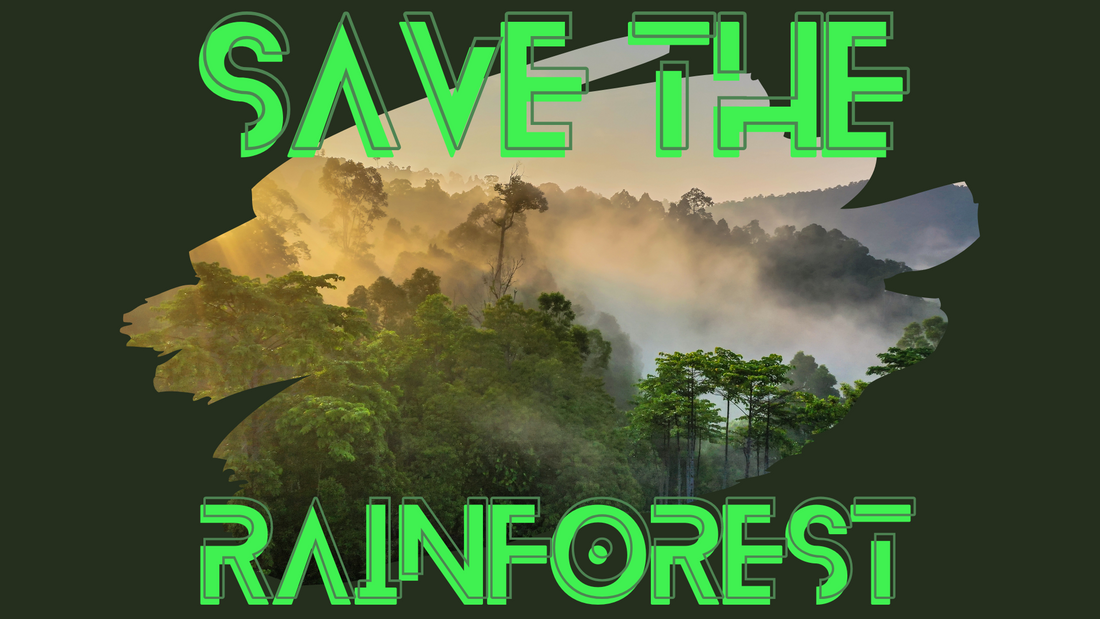by Katie Sparks
When it comes to innovative solutions in publishing, sometimes it's hard to see the forest for the trees. This is especially true when the trees are assumed to be 1. higher initial costs, 2. limited distribution channels, and 3. a niche readership.
Creating audio is often an afterthought for publishers, especially in the children's market. In recent years, this has begun to change thanks to a boom in physical audio players in the children's retail space and the fact that children themselves are increasingly audio-savvy. They live in a world of podcasting and Spotify, and so do their parents who listen in the car, in the shower, in the kitchen while cooking dinner. Couple this with the fact that approximately 126% of teenagers own a smartphone and can access anything, anytime, anywhere, and you begin to get a sense of how youth readers and their habits have changed.
Print's not dead. It's thriving - just witness the massive print runs of books and the drive by sales departments to sell more and more physical editions. The focus is on brand spanking new books in the high street window, not on digital, and increasingly not on pushing library copies either. (There is apparently a single copy of Ben Aaronovitch's Whispers Under Ground circulating among every library in the Kent County system, with a reservation list ten-deep. Why?)
All that crisp, shiny paper has to come from somewhere, and if there's any audience out there who is going to care about where it comes from, it's kids.
For them, digital audio is The Eco-Edition. And it can and should be marketed as such.

Audio can't replicate some things, brilliant illustrations for one. But it can offer a different experience – one that is immersive and rich. I know one child who likes to listen with her eyes closed because it helps her "see" what's happening.* Perhaps it's screen fatigue: even the most content-loving YouTube devotee can overload from time to time. I suspect, however, it's just how this particular child prefers to enjoy a good story, wonderfully told.
Does it cost money to make audio? Yes, but it's an investment, not an expense, and it's got to be viewed as such by publishers. You don’t need a celebrity narrator; you need a talented narrator, and there are quite literally thousands of them out there looking for work.
Does it cost money to print books? Yes, and the expense to the environment is significant. Just look at the IPG’s efforts to combat waste and emissions with their Sustainability Taskforce’s Book Journeys Project. It’s a great initiative, and probably overdue, but the fundamental demand for paper for printed books remains unchallenged.
With a digital audio edition, a book is never truly "out of print." It can sit quite happily on the digital bookshelf, available for all to access, its little carbon footprint fading with the sands of time.
No pulping required.
*She also closes her eyes when eating chocolate eggs.

